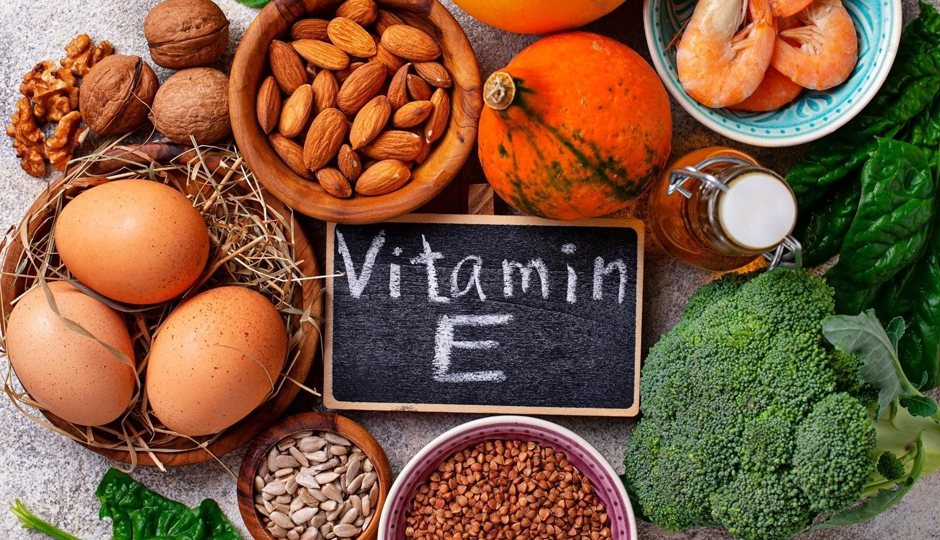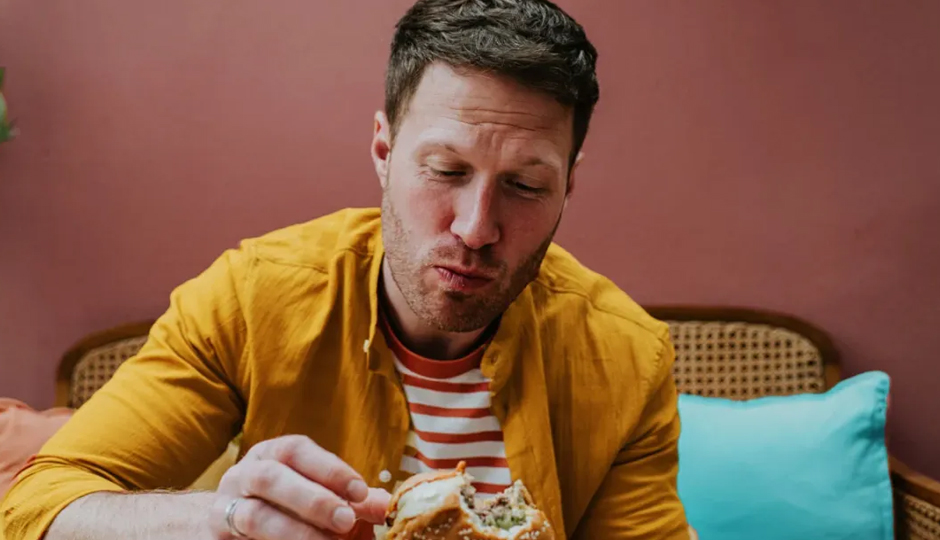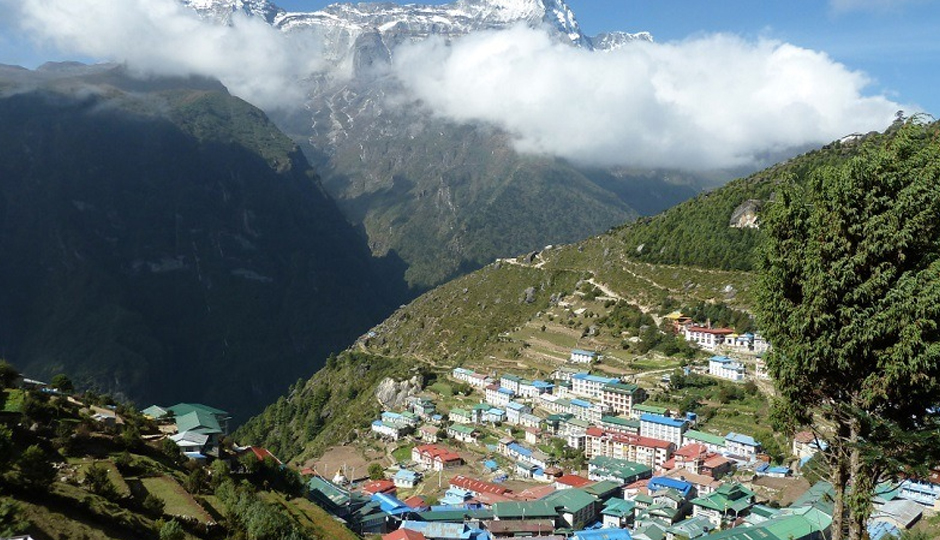7 Tribes In Kenya You Must Know About
By: Priyanka Maheshwari Wed, 08 July 2020 10:23:53
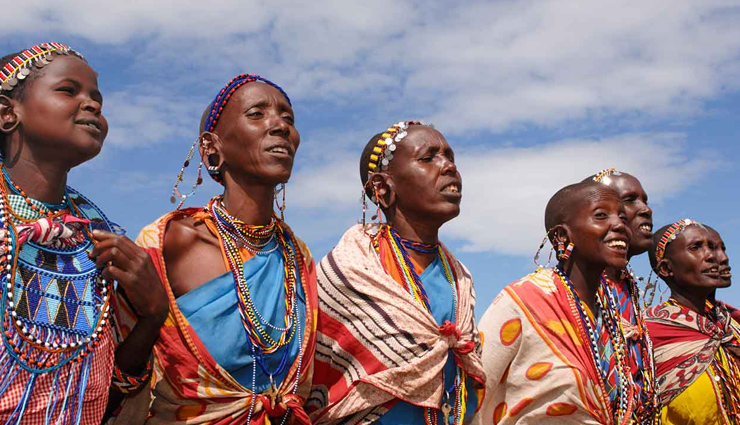
Kenya is a culturally and ethnically diverse country having a unique set of cultures and traditions. Ethnicity is a big deal in Kenya – so much that there are over 40 ethnic groups in this East African country. The Kenyan society is majorly divided into three linguistic communities – the Nilotic (30%), Bantus (67%), and Cushitic speakers. Asian, European, and Kenyan Arab people also form a part of the population.
The Bantu group is the largest ethnic community in Kenya. It compromises of the Kikuyu, Akamba, Luhya, Kisii, Meru, and Mijikenda tribes. The Bantu people predominantly depend on farming of regular staple and cash crop foods including coffee and tea for a means of living. The Mijikenda tribe, on interaction with Arab and Persian traders, gave birth to the famous Swahili culture. Swahili is the most widely spoken language in Kenya that has earned the position of an official language of Kenya alongside English.
The Nilotes group is the other major community found in Kenya. It consists of the Maasai, Luo, Turkana, Samburu, and Kalenjin tribes. The people of this group are said to be warriors and hunters. The Nilotes are majorly nomadic in their living style. The Maasai people are recognized worldwide for their cultural heritage. Head out on a Kenya jungle safari and you’ll get to see many of these tribes mentioned below.
* Kikuyu
Of all the tribes in Kenya, Kikuyu is the most populous one, having its own set of cultures and traditions. This Bantu group forms a 22% population of Kenya and mostly inhabits Kenya’s Central region. The Kikuyus are well-known for being large-scale farmers of cash crops such as tea and coffee. The community worships a deity named ‘Ngai’ who is believed to reside in Mt. Kenya.
A Kikuyu man is allowed to marry more than one woman if he can meet their needs. The practice of paying bride price is an important part of their culture. Kikuyu language has managed to retain its importance even in the urban areas where a majority of people speak English and Swahili. Kikuyu people are famed for being inclined towards money and are said to be aggressive in their business exploits.
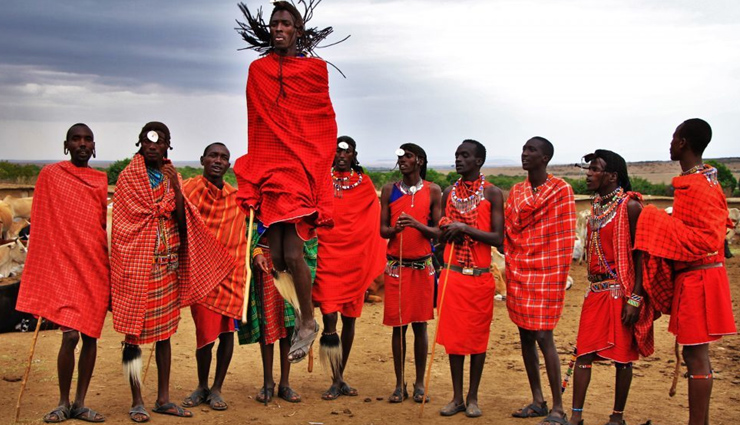
* Luhya
The Luhyas are the second largest among the tribes in Kenya that form 14% of the Kenyan population. This Bantu group is majorly based in the western part of Kenya. It is a group of over 18 sub-tribes, each practicing its own dialect of the Luhya language. Bukusu, Maragoli, Banyala, Banyore, Batsotso, Gisu, Idakho, Isukha, Kabras, Khayo, Kisa, Marachi, Marama, Masaaba, Samia, Tachoni, Tiriki, and Wanga are the sub-tribes of Luhya. They reside in the fertile western region of Kenya and traditionally worship “Nyasaye” or Were Khakaba as their god.
Male circumcision is an important ritual in most Luhya sub-tribes that is carried out to mark the transition from boyhood to manhood. Bull-fighting is a popular sport of the tribe and they are also known for their love for food, including Ugali, a popular traditional Luhya dish.
* Kisii
This 7th largest tribe in Kenya forms 6% of the Kenyan population. The people of this tribe live in the highly fertile highlands in Nyanza in Western Kenya. Kisii families tend to be very large and live close to each other, sharing daily activities such as cooking and farming. Men are allowed to have more than one wife and hold the highest authority in their families. The practice of female circumcision was mandatorily carried out by this tribe. Now, though this ritual has been outlawed, it is still practiced in some parts. Male circumcision is however still practiced to mark the initiation of boys into adulthood.
Bananas are farmed on a large scale in their localities and this practice is called ‘Matoke’. All in this tribe in Kenya worship a supreme god ‘Engoro’ and ancestral spirits. The Kisii culture is known for soapstone carvings, basketry, and pottery. Kisii people are known to be short-tempered.
* Mijikenda
Mijikenda is a big Bantu tribe in Kenya that comprises of nine sub-tribes whose culture revolves around clans and age-sets. Mijikenda includes Giriama, Digo, Chonyi, Duruma, Jibana, Kambe, Kauma, Rabai, and Ribe sub-tribes. The tribe has about 1,960,574 million people and resides in the coastal region of Kenya. Mijikenda is considered one of the important tribes in Kenya for having given birth to the Swahili culture.
A Mijikenda clan is typically a group of several families that share a patriarchal ancestor. Each clan has its own sacred place known as kaya, which is a shared space to conduct religious rituals like prayer, sacrifices, etc.
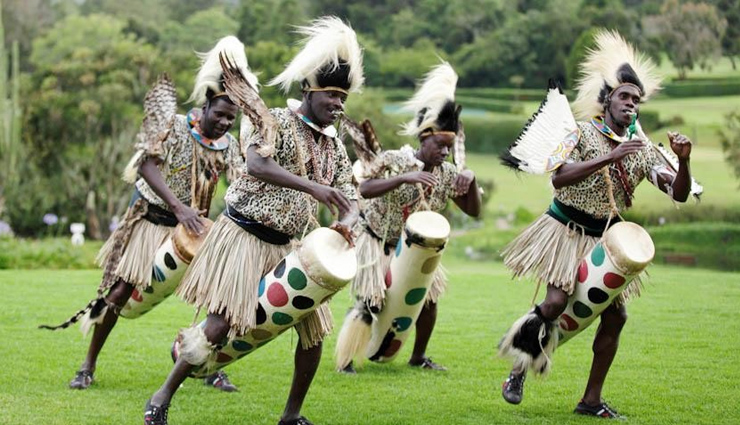
* Maasai
Although having a small population of around 841,622 people, the Maasai tribe is one of the most popular tribes in Kenya renowned for their closeness to their culture and history, which they have harmoniously integrated with the modern ways of life. Their dressing, red-stripped shukas, as well as other traditional regalia, fascinate people from near and far. People looking for things to do in Kenya can visit the central and southern parts of Kenya and northern Tanzania where Maasai people live.
Maasai families live in a hub of ten to twenty tiny huts. The enclosure, called Enkang, is protected by a fence or bushes with sharp thorns. The lives of Maasai people revolve around cattle which is their primary source of food. They are semi-nomadic because of the need to find new grazing land for the cattle. The more cattle a man has the richer he is considered.
* Luo
The Luo community is one of the largest tribes in Kenya forming 13% of the total population. The ethnic group inhabits the western Kenya (Nyanza) region. These people depend on fishing as a source of their livelihood. They usually say that without fish, no Luo is complete.
An important tradition of this tribe is the removal of six lower teeth of boys during circumcision which is carried out to distinguish Luo men from others. A unique thing that people of this community are known for is being hired as ‘professional mourners,’ where a group of locals are often paid to mourn for others. Luo people also have a reputation for bragging and flossing.
* Kalejin
The 3rd most populous ethnic group in Kenya is the Kalenjin tribe, forming 12% of the Kenyan population. The Kalenjin tribe is made up of eight sub-tribes namely the Kipsigis, Nandi, Tugen, Keiyo, Marakwet, Pokot, Sabaot, and the Terik.
Kalenjin people live together in rounded-thatched huts constructed of bent saplings and a mixture of mud and cow dung. Further, they practice large-scale farming for livelihood. They also engage in cattle keeping. ‘Mirsik’ (traditionally fermented milk) of Kalejin tribe is popular in Kenya and in other regions.


